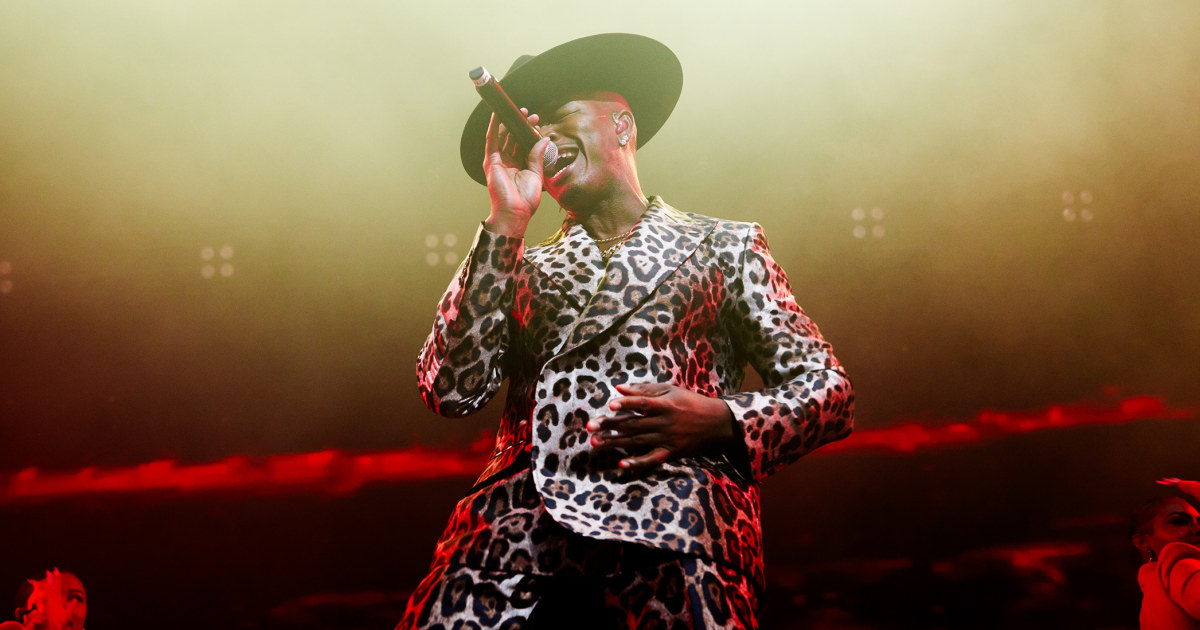This week’s Feedback column (that I write) in New Scientist magazine has four segments. Here are bits of each of them:
- Chicken blushing — People — humans — blush. Chickens aren’t entirely inhuman in that they, too, show emotions on their facial skin. Delphine Soulet at the University of Tours, France, and colleagues have explored how skin redness might be a reliable indicator of “the affective states of hens”. Reader Frédéric Darboux brought the project to Feedback’s attention. This is the story, to the extent it is a story, of six hens in a wooded outdoor range covered with grass. They had free access to a hen house and to as much water and feed as they wanted, whenever they wanted it This is a story, also, that was essentially a reality TV programme….
- Smectic — If, somehow, your interests are eclectic and you are cathectic (but not apoplectic) about exploring words that rhyme with dialectic, try “smectic” – as in the title of the study “Smectic and soap bubble optofluidic lasers“….
- Entropy and the travel industry — Physics often gets portrayed as a field so abstruse that most people can’t understand or directly use it. A new study called “The principle of entropy increase: A novel view of how tourism influences human health” shows how wrong some people feel that notion might be….
- Swords & saliva — A couple more additions to Feedback’s collection of conversation-starting titles of research papers. “Sword swallowing and its side effects” gave incisive knowledge to subscribers of BMJ in 2006, while “Estimation of the total saliva volume produced per day in five-year-old children” supplied some fast and, in some respects, hard numbers to readers of the Archives of Oral Biology in 1995.










